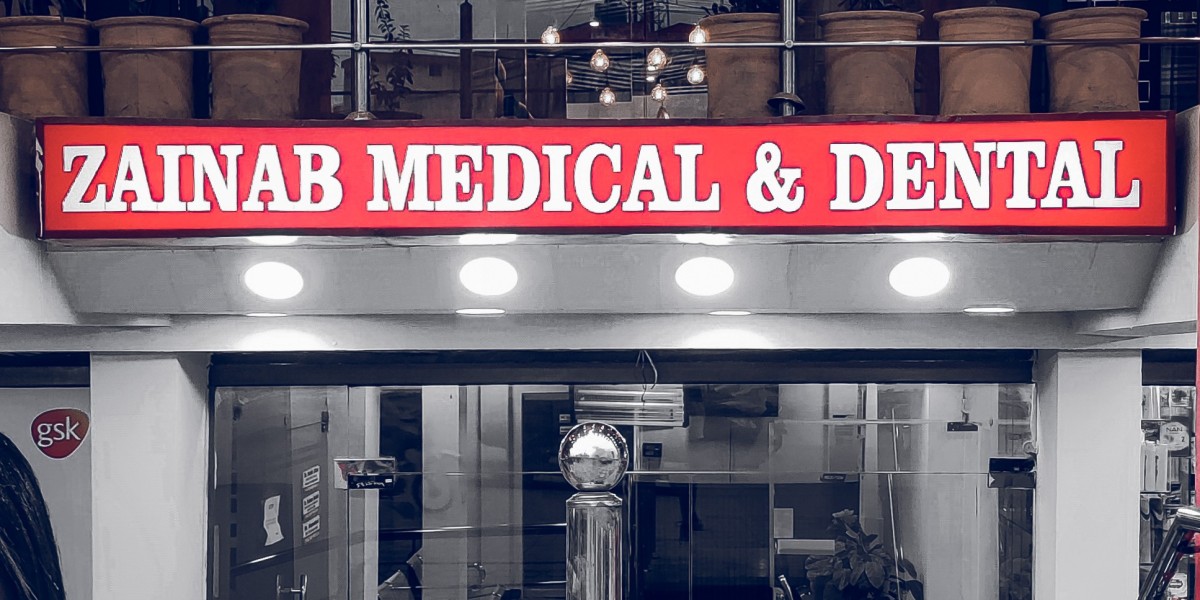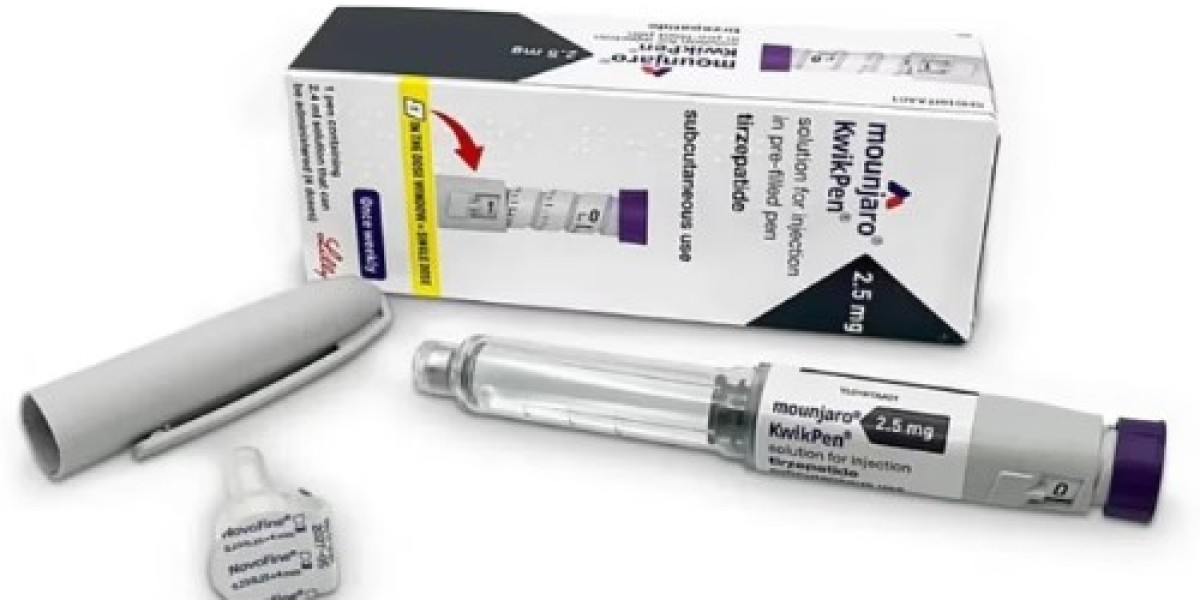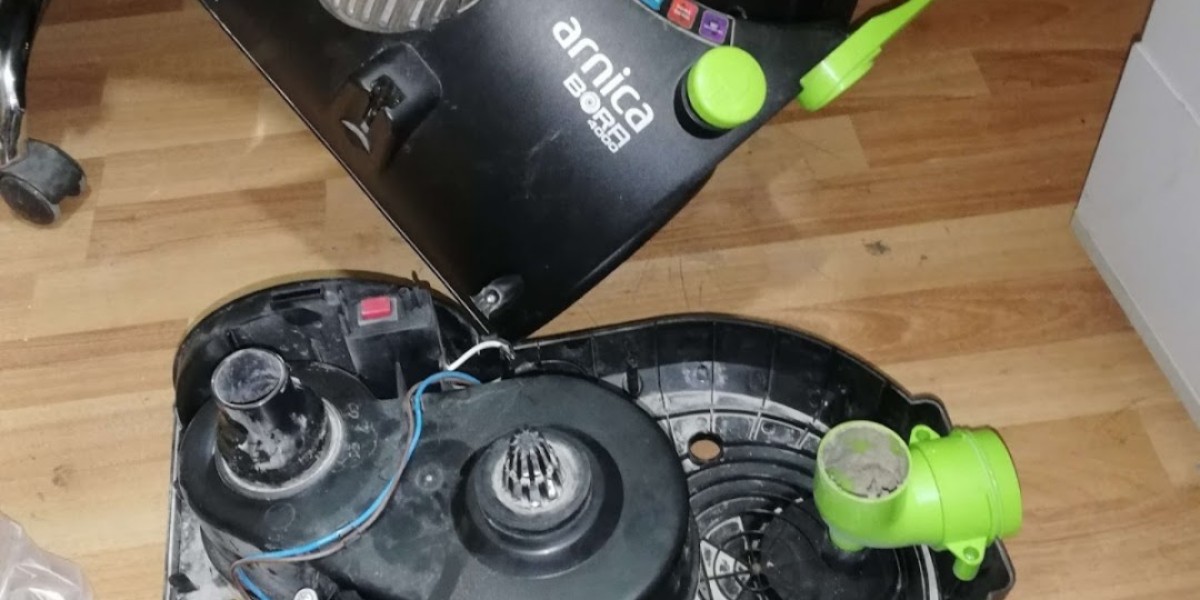A chemical peel is a dermatological skin resurfacing treatment that uses a specialized chemical solution to exfoliate and remove the outer layers of skin. This process encourages new cell growth, resulting in smoother, clearer, and more youthful-looking skin.
It’s a professional procedure often used to:
Reduce fine lines and wrinkles
Treat acne scars and blemishes
Improve skin tone and texture
Minimize hyperpigmentation and sun damage
How Does a Chemical Peel Work?
During a chemical peel, a dermatologist applies a controlled chemical solution to your skin, typically containing glycolic acid, salicylic acid, lactic acid, or trichloroacetic acid (TCA).
This triggers a controlled exfoliation, allowing old and damaged skin to peel off naturally. The new skin underneath appears brighter, firmer, and more youthful.
In simple terms:
The peel removes the dull layer → stimulates collagen → improves texture → boosts glow.
Types of Chemical Peels
Not all peels are the same. The strength and depth of the treatment depend on your skin goals.
| Type | Depth | Key Ingredients | Best For | Downtime |
|---|---|---|---|---|
| Superficial Peel | Outer skin layer (Epidermis) | Alpha Hydroxy Acids (AHAs), Glycolic Acid | Mild discoloration, rough skin | Minimal |
| Medium Peel | Middle skin layer (Dermis) | Trichloroacetic Acid (TCA) | Acne scars, fine lines, uneven tone | 3–7 days |
| Deep Peel | Deep dermal layer | Phenol or High-Strength TCA | Deep wrinkles, severe sun damage | 10–14 days |
Top Benefits of Chemical Peel
? 1. Removes Dead Skin Cells
The peel clears away built-up dead skin, revealing a smoother and healthier layer underneath.
? 2. Reduces Fine Lines & Wrinkles
Stimulates collagen and elastin, reducing visible aging signs around the eyes and mouth.
? 3. Fades Acne Scars & Pigmentation
Targets acne marks, freckles, and uneven skin tone, promoting a more uniform complexion.
? 4. Reverses Sun Damage
UV exposure can dull and damage skin; a peel helps restore brightness and elasticity.
? 5. Boosts Product Absorption
After peeling, your skin absorbs serums and moisturizers more effectively, enhancing your skincare results.
Who Can Get a Chemical Peel?
A chemical peel is suitable for both men and women seeking improved skin texture and tone.
It’s ideal if you:
Have acne-prone or oily skin
Experience dullness or uneven texture
Notice fine lines or wrinkles
Struggle with dark spots or melasma
⚠️ Avoid chemical peels if you’re pregnant, have active infections, or have recently used strong retinoids unless approved by your dermatologist.
Chemical Peel Procedure: Step-by-Step
Consultation: Your dermatologist evaluates your skin type, tone, and concerns.
Preparation: The skin is cleansed, and a pre-peel solution may be applied.
Application: The chemical solution is applied and left on for a few minutes.
Neutralization: The peel is neutralized or removed carefully.
Aftercare: Sunscreen and moisturizer are applied to protect and soothe the skin.
? Total Time: 30–60 minutes per session
Post-Peel Care: Essential Do’s and Don’ts
Do:
Use gentle cleansers and hydrating moisturizers
Apply broad-spectrum SPF 50+ daily
Stay hydrated and avoid harsh scrubs
Don’t:
Pick or peel flaking skin
Expose your skin to direct sunlight
Use retinoids or exfoliants for at least a week
How Often Should You Get a Chemical Peel?
Mild Peels: Every 2–4 weeks
Medium Peels: Every 3–6 months
Deep Peels: Once in a lifetime (results are long-lasting)
Frequency depends on skin sensitivity, desired results, and professional recommendation.
Potential Side Effects
Chemical peels are safe when performed by professionals, but mild reactions can occur.
| Common Side Effect | Duration | Management |
|---|---|---|
| Redness & Peeling | 2–5 days | Use soothing gel & SPF |
| Dryness or Tightness | 3–7 days | Hydrate frequently |
| Mild Swelling | Temporary | Cold compress |
| Temporary Dark Spots | Few days | Avoid sun exposure |
If you experience prolonged irritation, contact your dermatologist immediately.
Why Choose Professional Chemical Peel Treatments?
Choosing a qualified skincare expert or dermatologist ensures:
Proper chemical concentration for your skin type
Safe application with minimal risks
Personalized aftercare guidance
Visible and lasting results
At-home peels often lack medical-grade strength and can cause uneven exfoliation or burns if misused.
Chemical Peel vs. Other Skin Treatments
| Treatment | Primary Purpose | Downtime | Results |
|---|---|---|---|
| Chemical Peel | Exfoliation & Cell Renewal | 2–7 days | Bright, smooth skin |
| Microdermabrasion | Surface-level exfoliation | None | Mild glow |
| Laser Resurfacing | Deep rejuvenation | 7–14 days | Tight, youthful skin |
| Hydrafacial | Deep hydration & cleansing | None | Instant glow |
? Pro Tip: For best results, combine mild peels with hydrating facials or microdermabrasion sessions under expert supervision.
Frequently Asked Questions (FAQs)
Q1: Is a chemical peel painful?
A: You may feel a mild tingling or warm sensation, but it’s not painful. The intensity depends on the type of peel.
Q2: How long do results last?
A: Results from light peels last several weeks; deeper peels can show improvements for months or even years.
Q3: Can chemical peels remove acne completely?
A: They help reduce acne and acne scars by unclogging pores and promoting new skin growth, but ongoing skincare maintenance is essential.
Q4: When will my skin start peeling?
A: Usually within 48–72 hours post-treatment, lasting around 3–5 days.
Q5: Can chemical peels be used on darker skin tones?
A: Yes, but only under professional supervision using safe acids like lactic or mandelic to prevent pigmentation risks.
Signs You’re Ready for a Chemical Peel
Your skincare products no longer deliver visible results
You notice dullness, texture issues, or uneven tone
You’re preparing for a special event and want glowing skin
You want a non-surgical anti-aging solution
Pro Tip for Maximum Results
Combine your chemical peel with a customized skincare routine including:
Vitamin C serum (for brightness)
Hyaluronic acid (for hydration)
Broad-spectrum sunscreen (for protection)
These help maintain your post-peel glow and prevent future damage.







